Introduction
Every morning, Ontario wakes up to the same story: the 401 at a crawl, TTC subways packed shoulder-to-shoulder, GO trains delayed, buses trapped in gridlock. For most commuters, it’s a daily nuisance. For businesses, it’s a supply-chain headache. But for Ontario as a whole, congestion is more than an annoyance — it is a massive drag on the economy.
The Toronto Region Board of Trade and the Ontario Chamber of Commerce estimate that congestion in the Greater Toronto Area alone costs the economy $11 billion annually in lost productivity (TRBOT Report). That’s billions wasted on idling trucks, late employees, missed appointments, and stalled goods. It’s money that could otherwise fuel growth, innovation, and competitiveness.
As Ontario prepares for a 50% population increase by 2051, the congestion crisis will only worsen unless we think differently. Highway expansions and short-term fixes won’t cut it. What we need is deep, transformative investment in underground transit capacity — the kind envisioned in Ontario Transit Vision.
The Problem: Ontario Gridlock by the Numbers
Ontario’s congestion crisis is not abstract. It can be measured in hard numbers:
- $11 billion per year: The estimated cost of lost time and productivity in the GTA due to congestion (Ontario Chamber of Commerce).
- 84 minutes: The average round-trip commute in Toronto, one of the longest in North America (Statistics Canada, 2021 Census).
- 400,000+ vehicles daily: Sections of Highway 401 make it the busiest highway on the continent (MTO Traffic Volume Reports).
- 70% of commuters: Still rely primarily on cars in the GTA.
- $125 million daily: The cost of freight delays to Ontario’s economy, according to a Metrolinx study.
Congestion doesn’t just affect drivers. It affects everyone:
- Nurses late to hospitals.
- Contractors wasting hours in traffic.
- Deliveries delayed for small businesses.
- Families stuck in cars instead of spending time together.
Why Highway Fixes Won’t Work
Politicians often promise relief by expanding highways or, more recently, digging car tunnels beneath the 401. But decades of evidence show that this is a trap. Economists call it induced demand: build more road capacity, and within a few years, the new lanes fill up with even more cars.
Examples abound:
- Los Angeles I-405: A $1.6 billion expansion in 2015 added lanes — but congestion actually worsened.
- Houston Katy Freeway: Expanded to 26 lanes in 2011. Commute times increased by 30% within three years.
Ontario risks repeating the same mistakes. With the 407 already parallel to the 401, why sink billions into more highway space when we already know it won’t solve the core problem?
Transit Bottlenecks: The Other Side of the Coin
While cars choke highways, transit is also reaching breaking points:
- Line 1 Yonge–University: Already beyond safe passenger capacity during rush hours. TTC estimates crowding will worsen with population growth, even with new trains.
- Line 2 Bloor–Danforth: Infrastructure dating back to the 1960s, constantly in need of patchwork repairs.
- GO Transit: Expansion projects underway, but still limited by single-track bottlenecks and reliance on surface corridors vulnerable to weather.
Ontario’s transit system is frozen in the 1950s and 60s while its population has doubled. Upgrades and repairs are necessary but don’t address the root issue: we lack enough underground corridors to move people efficiently.
The Economic Case for Transit Investment
Congestion is not just a cost — it’s an opportunity. Every dollar invested in transit has a massive economic multiplier effect.
- Job Creation: Every $1 billion invested in transit creates 10,000+ direct and indirect jobs in construction, engineering, and operations (Metrolinx).
- Productivity Gains: Faster commutes = more hours for work, family, or education.
- Global Competitiveness: Cities with efficient transit (Tokyo, Paris, Seoul) attract global investment because mobility fuels business.
- Housing Market Relief: Efficient transit enables housing development in new zones, spreading growth more evenly across the GTA.
In other words: transit is not just an expense — it’s an economic strategy.
Ontario Transit Vision: A New Model for Growth
This is where Ontario Transit Vision offers a different path. Instead of building more highways or patching old subway tunnels, the plan proposes:
- Multi-Layer Relief Tunnels Beneath Line 1 and Line 2
- New parallel tunnels directly under existing lines.
- Adds express routes, doubles capacity, and creates redundancy during maintenance or emergencies.
- Regional Grid Expansion
- East–west and north–south underground lines linking Durham, Peel, Halton, York, Barrie, Hamilton, and Niagara.
- Builds Ontario’s first true regional transit network, not just a Toronto subway.
- Underground Hubs with Housing
- Transit stations built as community anchors with affordable housing, shopping, and recreation underground.
- Protects farmland and greenbelt while meeting housing demand.
- Climate Strategy
- Subways powered by electricity move people with zero tailpipe emissions.
- A single subway train carries the same capacity as a 16-lane highway, but without emissions or sprawl.
Why This Matters for Ontarians
For the average Ontario family, this is not abstract policy talk. It means:
- Shorter Commutes: Less time wasted in traffic, more time at home.
- Cheaper Housing: Transit unlocks land for affordable housing across the GTA.
- Cleaner Air: Less reliance on cars reduces smog and improves health.
- Stronger Economy: Businesses save billions in shipping costs and lost productivity.
Instead of pouring billions into highway tunnels that will lock us into car dependence, Ontario Transit Vision redirects investment into a system that delivers relief for generations.
Conclusion
Congestion costs Ontario $11 billion every year. That’s money we cannot afford to waste as the province grows by millions more residents in the coming decades. Highways will not save us — history proves they only make the problem worse.
Ontario has a choice: continue bleeding billions on lost productivity, or invest in underground transit that pays economic, social, and environmental dividends for decades to come.
Ontario Transit Vision is not just a transportation plan — it is an economic recovery plan, a housing affordability plan, and a climate action plan all rolled into one.
The math is simple: $11 billion lost every year, or billions gained through bold investment. The question is not whether we can afford to build deep subways and underground hubs. The question is whether we can afford not to.
Sources / Further Reading:
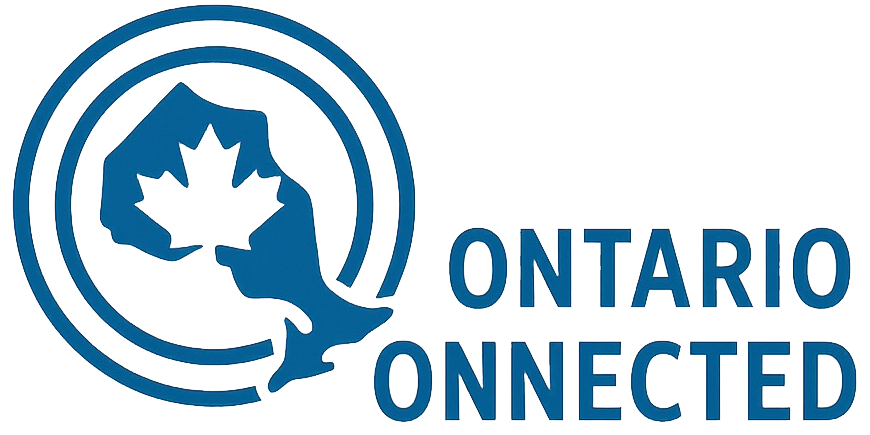
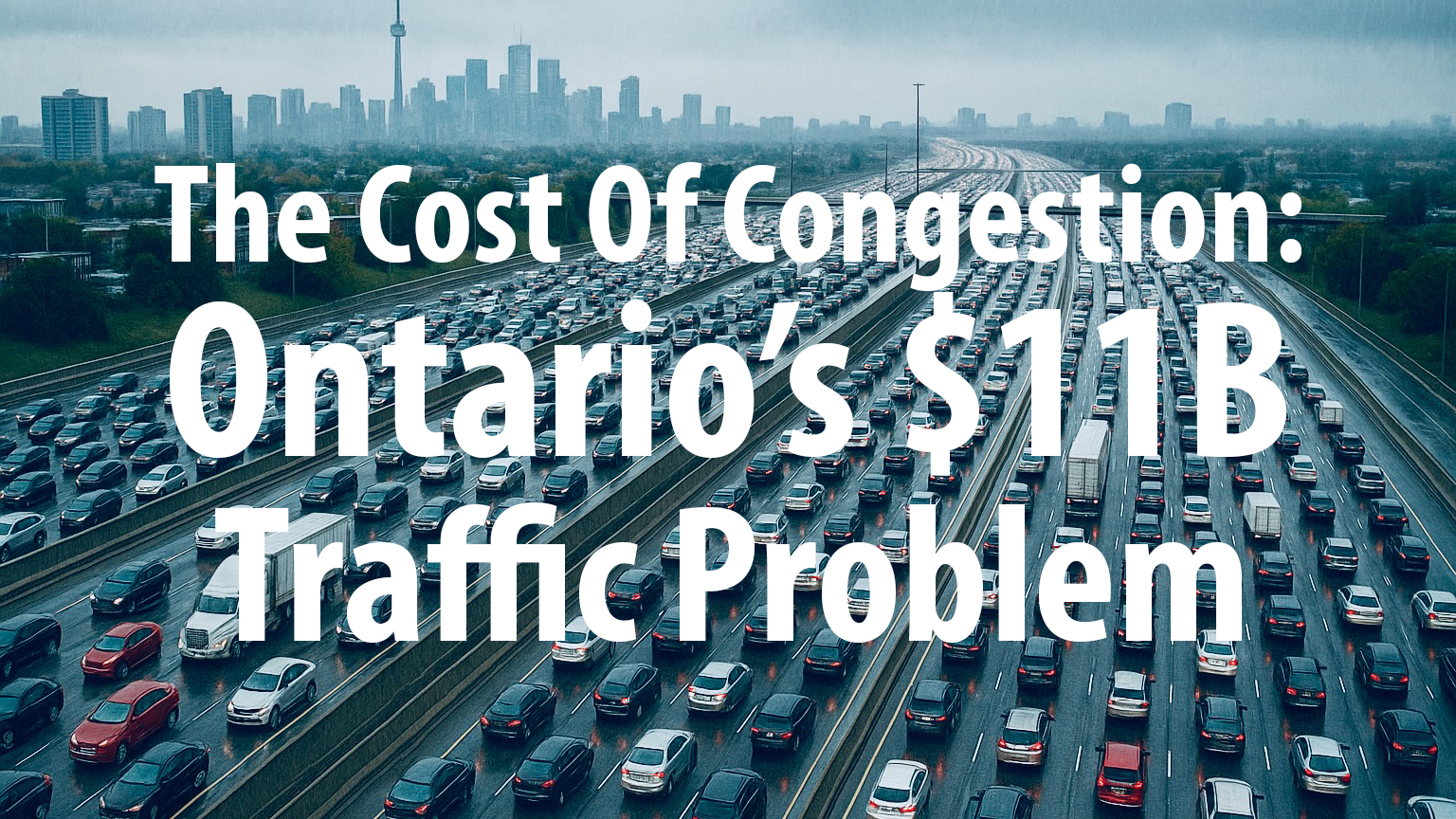
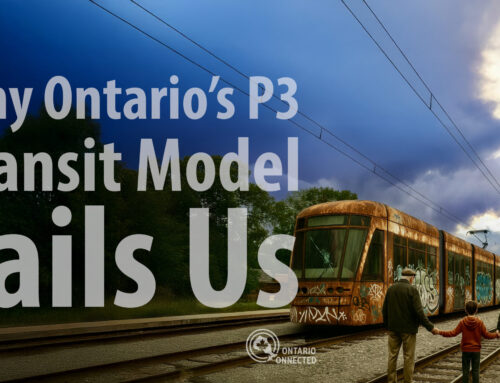
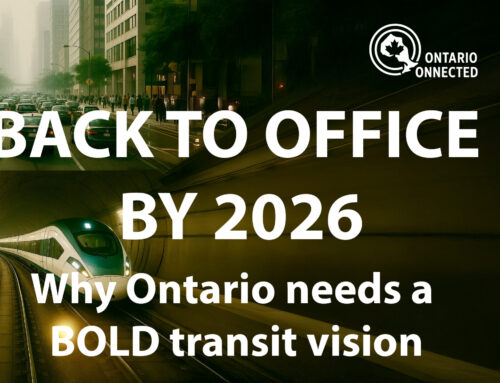
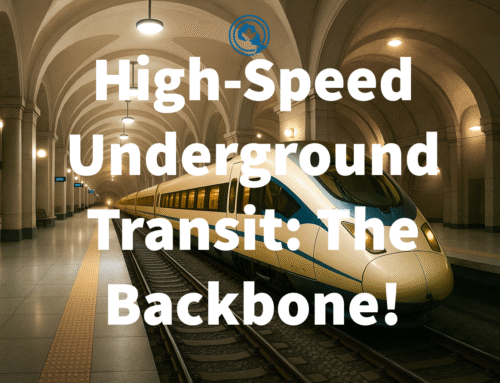
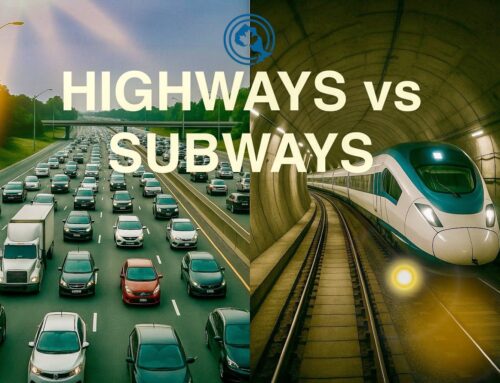

Leave A Comment
You must be logged in to post a comment.